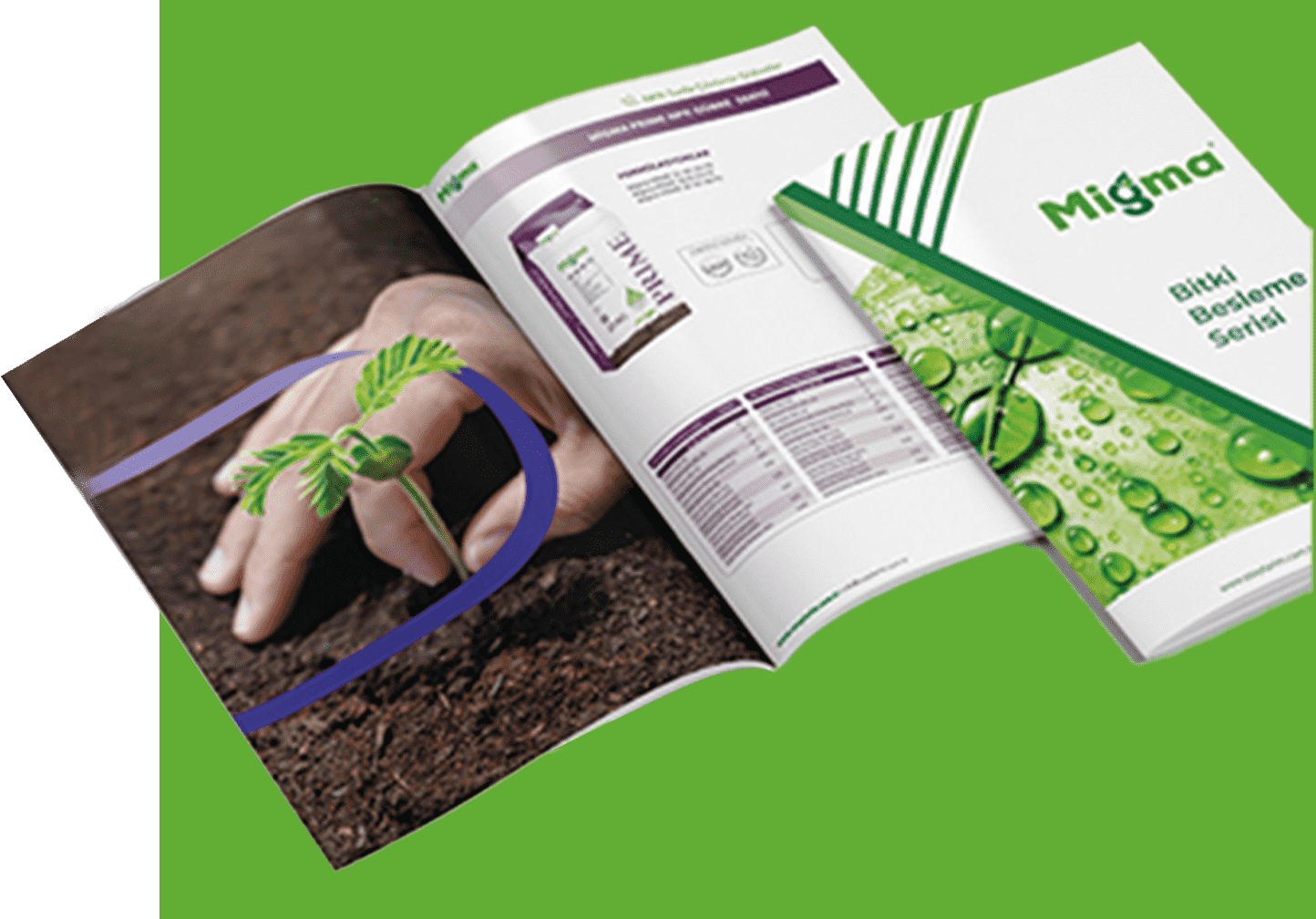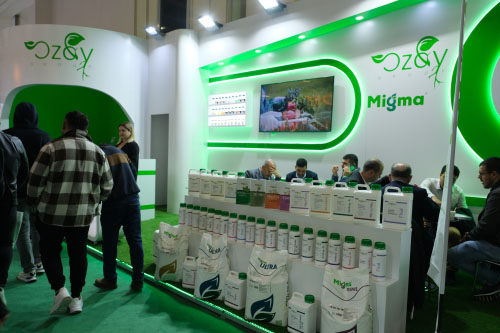Wheat Growing Conditions and Wheat Planting
The planting time for wheat varies depending on the climate and soil conditions of the region where it is being planted.
Where Does Wheat Grow?
The answer to the question "Where does wheat grow?" is as follows: In Turkey, winter wheat is preferred in the Central Anatolia, Marmara, Aegean, and Eastern Anatolia regions. In Turkey, spring wheat is preferred in the Mediterranean, Southeastern Anatolia, and Coastal Aegean regions.
Wheat Growing Conditions in Turkey
In Turkey, there are generally two main planting seasons for wheat:
Winter Wheat Planting
-Planting Time: Between late September and early November.
-Advantages: Winter wheat benefits from winter rainfall, allowing it to grow effectively. The harvest typically occurs in June and July, utilizing the cooler, wetter months for optimal growth.
Summer Wheat Planting
Planting Time: Between late February and the end of March.
Advantages: Grows quickly and can be harvested earlier in the summer, providing a quicker turnaround from planting to harvest.
Amount of Seed to be Sown for Wheat Planting
The amount of seed to be sown per acre for wheat planting can vary depending on several factors. However, as a general guideline, on average, 20-25 kilograms of wheat seed are sown per donum (1,000 m2). The seed amount can vary based on the following factors:
Seed Variety: Different wheat species and varieties may require different seed amounts.
Soil Structure: The fertility and structure of the soil can affect the seed amount.
Planting Method: Different planting methods, such as broadcasting or drilling, may require different amounts of seed.
Climate Conditions: The region's climate, rainfall, and other environmental factors can also affect the seed amount.
Proper soil preparation before planting wheat is crucial for achieving high yields. Here are the steps for preparing the soil before wheat planting:
Soil Preparation Before Wheat Planting
Wheat Growing Conditions and Soil Analysis
-First, a soil analysis should be conducted to gather information about the soil's pH level, nutrient content, and organic matter.
-Based on the results of the soil analysis, the necessary fertilization should be applied.
Wheat Cultivation and Soil Tillage
-Plowing: It is important to plow the soil in spring or fall to loosen it and eliminate weeds. Plowing helps the soil to breathe and increases its water retention capacity.
-Disc Harrow and Leveller: After plowing, a disc harrow or leveller can be used to level and break up the soil surface. This process is essential for preparing the seedbed.
Wheat Growing Conditions and Fertilization
-Based on soil analysis results, a fertilization program should be developed and followed to ensure that the necessary nutrients are provided.
-Essential nutrients such as phosphorus, potassium, and nitrogen should be added to the soil to support healthy plant growth and maximize yield.
Pre-Planting Pest Control
-For weed control, a pre-emergence herbicide application can be made before planting.
-Additionally, seed treatment with fungicides and insecticides can be done to protect against soil-borne diseases and pests.
Soil Moisture Control
-It is important for the soil to have adequate moisture levels before planting. Irrigation should be applied if necessary.
Determining the Planting Method
-One of the planting methods, such as drilling or broadcasting, should be preferred. Drilling provides a more orderly and homogeneous distribution.
Final Preparations
-The soil surface should be leveled one last time to prepare the seedbed.
-If necessary, the top layer of the soil should be lightly compacted to make it suitable for planting.
Fertilization After Wheat Planting
Fertilization after wheat planting is very important to support the plant's development and increase yield. Here are the steps for fertilization after wheat planting:
Nitrogen Fertilization
Nitrogen (N) is one of the most important nutrients for wheat's growth and development. Nitrogen fertilization is usually done in 2 or 3 stages:
-Post-Germination (Germination Stage): During this stage, nitrogen fertilization promotes root development and provides a strong start for the plant. It can be applied 2-4 weeks after sowing.
-Tillering Stage: During the tillering stage of wheat (usually 6-8 weeks after sowing), the nitrogen requirement increases. Fertilization during this stage ensures the plant produces more tillers.
-Stem Elongation Stage: Nitrogen fertilization during the stem elongation stage (in spring) is crucial for head formation and grain filling. Providing sufficient nitrogen at this stage directly impacts yield.
Phosphorus and Potassium Fertilization
Phosphorus (P) and Potassium (K) are necessary for root development, flowering in wheat, and water balance.
-Phosphorus Fertilization: Phosphorus is typically applied as a base fertilizer before or during sowing. It promotes root development and provides the energy the plant needs during the early growth stages.
-Potassium Fertilization: Potassium helps maintain the water balance in wheat and increases its resistance to diseases. Potassium fertilization is typically applied before or during sowing. However, additional applications may be made during the plant's growth stages, depending on its needs.
Micronutrients
The wheat plant requires certain micronutrients in addition to nitrogen, phosphorus, and potassium. These include zinc (Zn), manganese (Mn), iron (Fe), copper (Cu), and boron (B). Micronutrient deficiencies can be identified through soil analysis and can be applied to the soil or through foliar sprays when necessary.
Irrigation and Fertilization
Fertigation, or fertilization using irrigation systems, can also be applied in wheat cultivation. This method is especially effective in areas with irrigated agriculture, as it ensures that fertilizers are delivered more efficiently to the plant. By combining water and nutrients, fertigation helps the fertilizers reach the root zone directly, maximizing nutrient uptake and promoting healthy plant growth.
News

 Türkçe
Türkçe
 English
English
 Русский
Русский
 العربية
العربية

